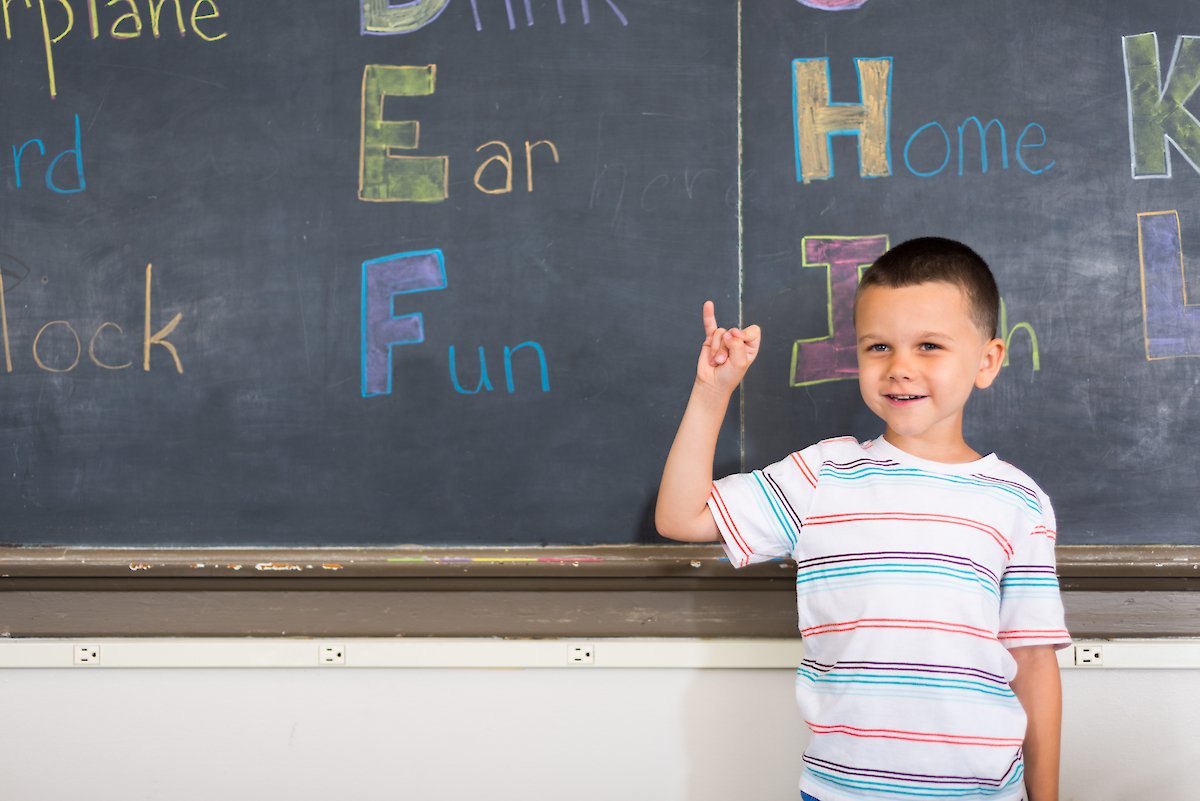Captioning Benefits for K-12 Learners
news / captioning-benefits-for-k-12-learners | Previous Post Next Post
Captioning is well-known for its success in providing deaf and hard-of-hearing individuals with access to video content. Still, current research is daily uncovering the many benefits captions can and do provide to the population.
As we look closer at the field of K-12 education, we find that captioning can provide a multitude of benefits. However, what may be surprising to many is that these benefits can impact not only the deaf and hard of hearing but ALL student learners.
Particularly in our current climate of COVID-19, which finds many students participating from home via online learning, the teacher’s use of video, combined with quality captioning, can be significant in addressing the needs of all learners.
Whether providing the content to K-12 learners is in the classroom setting, or via remote methods, many children on the receiving end face daily challenges. Some of these challenges include deaf or hard of hearing, learning disabilities, limited grasp of the English language, learning a new language, attention deficit, and momentary or ongoing distractions.
Below are some of the benefits that pinpoint how captioning is an integral tool to improve student learning.

CAPTIONING BENEFITS FOR K-12 LEARNERS:
Improved Comprehension
- Struggling readers are provided with additional print exposure, resulting in improved reading skills.
- Foundational reading skills are boosted (phonics, fluency, vocabulary, word recognition).
- Students whose first language is not English are aided in matching words with sounds.
- Reading comprehension scores are increased in comparison to uncaptioned educational videos.
- Visual identification of key terms and phrases takes place.
Greater Accuracy
- Challenging vocabulary is clarified by providing the written word, which can be further researched as needed.
- Accurate spelling of content words enhances learning.
- Poor audio or stream quality is overcome with captions to convey words that may not otherwise be understandable.
Increased Retention
- The ability to recall facts, summarize main ideas, define words, and draw inferences is increased.
- Better note-taking by students is facilitated through video captions.
- Opportunities afforded to read (captions) while watching a video have been shown to aid in information retention.
Engagement
- High-energy or easily distracted students have been found to improve focus through the combined efforts of video and reading.
- Students’ attention is better captured, as they are naturally drawn to read text that appears on the screen.
- Reading opportunities are extended, which Improves reading achievement and proficiency through written and verbal engagement.
Accessibility in All Environments to All Learners
- Provides benefits to all students, with or without hearing challenges or learning disabilities.
- Allows learning amid any venues—loud or quiet, at home or in the car, etc.
- Searchable options (such as keywords and concepts) are provided through closed captioning, thus allowing for greater and easier access to content.
With instruction being the primary purpose of videos in K-12 education, captioning is an excellent tool for serving all learners. Accuracy is essential for any captioning, but especially so in education. Because of this, it is crucial to utilize proper grammar and spelling to present daily lessons. This accuracy level can prove challenging due to numerous factors such as equipment failures, background noise, audio quality, and more. Therefore, it is essential to pursue quality captioning to accomplish the end goal.
HOW CAN WE HELP?
At Link Electronics, we are eager to help you reach your goals related to captioning. We have provided quality products at competitive prices, alongside excellent service, for over 30 years. Let us know how we can help.
REFERENCES:
EDUCATION & CAPTIONING: